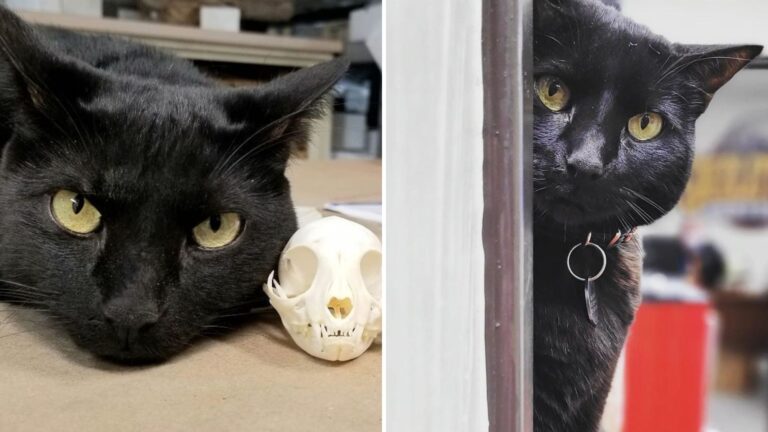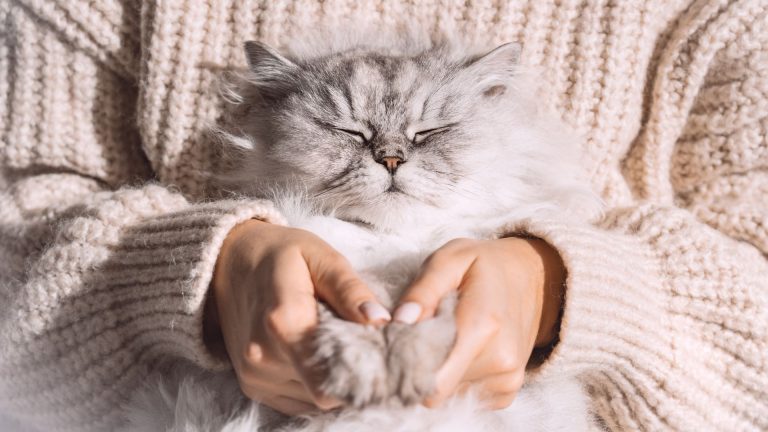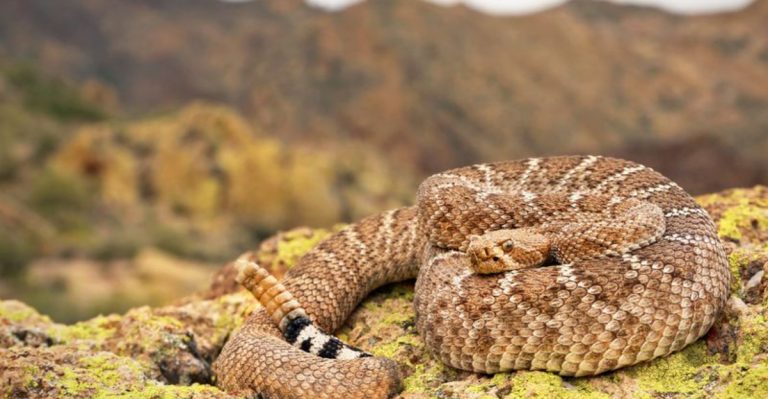7 Times Wildlife Rescuers Witnessed Big Cats’ Grief
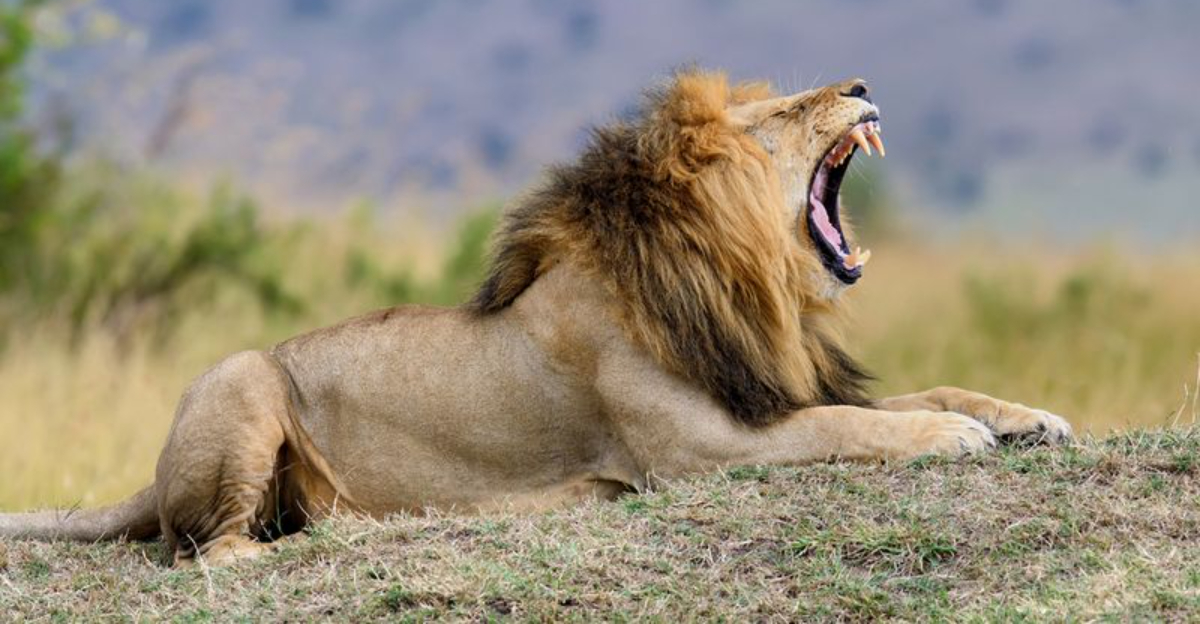
Big cats are often viewed as fierce predators, but these magnificent creatures experience profound emotions too. Wildlife rescuers have documented numerous instances where lions, tigers, cheetahs, and leopards display behaviors that strongly suggest they’re grieving lost companions.
These touching moments reveal a side of wild felines rarely discussed – their capacity for emotional attachment and mourning.
Lioness Carries Her Dead Cub
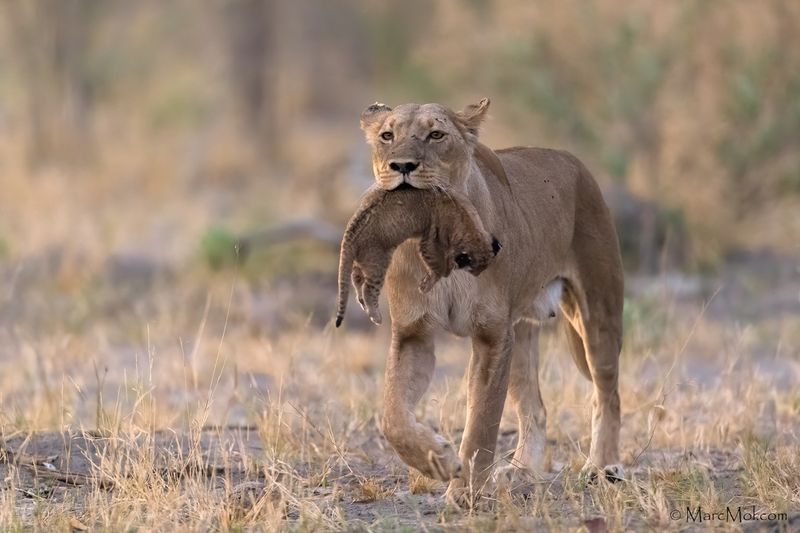
In the vast Serengeti plains, a wildlife team captured heart-wrenching footage of a lioness carrying her lifeless cub for three days. She refused to abandon the tiny body, grooming it repeatedly as if hoping for signs of life.
Her pride members kept a respectful distance, occasionally approaching to nuzzle her gently. Rangers noted the mother’s haunting vocalizations during nightfall – different from typical hunting or territorial calls.
Nkoveni Female Leopard’s Loss
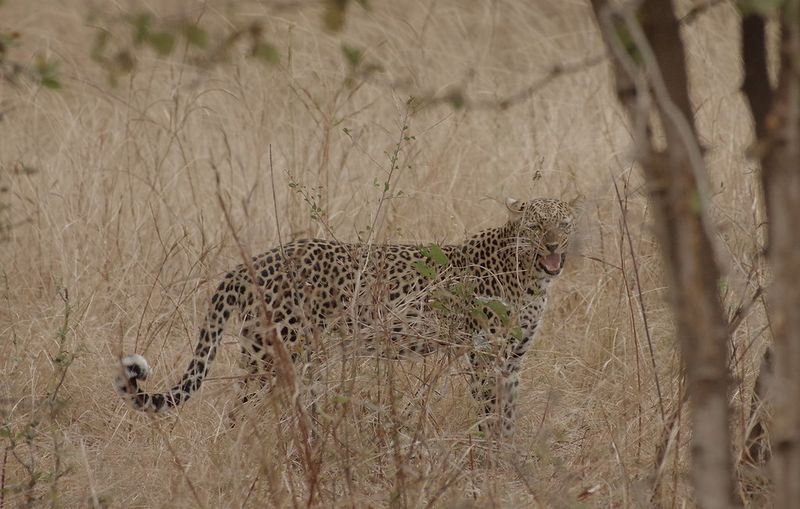
The renowned Nkoveni leopard of South Africa’s Sabi Sands lost her youngest cub to hyenas in 2019. For weeks after, trackers observed her returning to the last spot she’d seen her cub alive, calling softly into the gathering darkness.
Her remaining cub received excessive grooming and protection. Most striking was how she abandoned her usual hunting grounds, seemingly unable to stay in an area filled with painful memories.
Piva Male Leopard’s Death
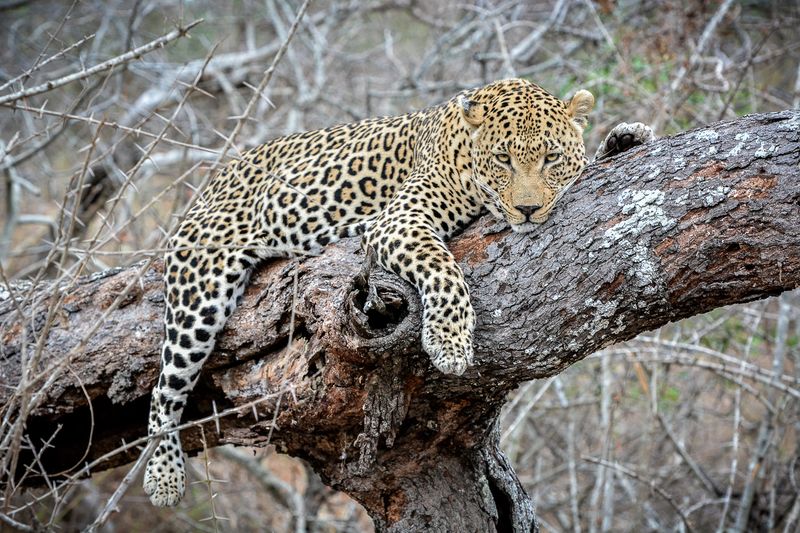
When the dominant Piva male leopard was killed by lions in Londolozi Game Reserve, researchers witnessed something extraordinary. Female leopards who normally avoid each other gathered near his territory, vocalizing unusually.
Rangers documented three females who had mated with Piva exhibiting agitated pacing and calling for days. Their cubs seemed affected too – staying abnormally close to their mothers.
Even rival males delayed claiming his territory, almost as if observing a period of respect.
Leopard’s Revenge For Mate’s Death
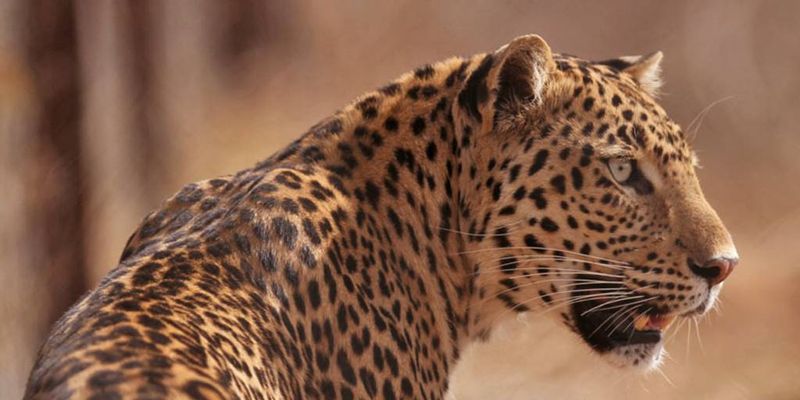
In India’s Ranthambore National Park, researchers documented a rare case of apparent vengeance. After a female leopard was killed by a territorial tiger, her mate tracked the tiger for two days straight.
Breaking typical avoidance patterns, the male leopard confronted the much larger tiger. Though outweighed by hundreds of pounds, the leopard fought with such ferocity that the tiger retreated with serious wounds.
Local guides called it the clearest case of grief-driven behavior they’d ever witnessed.
Cheetah Comforts Grieving Photographer
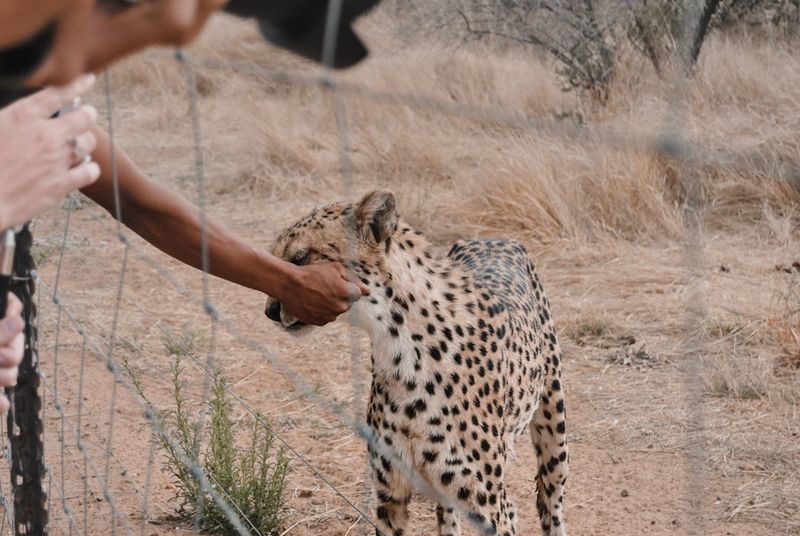
Wildlife photographer Danie Bester was mourning his father’s passing during a Namibian expedition when something remarkable happened. Eden, a semi-habituated female cheetah he’d photographed previously, approached him while he sat alone.
Breaking all wild animal protocols, she gently placed her paw on his knee and leaned against him. The reserve staff had never seen such behavior.
Eden stayed beside him for nearly an hour, purring softly as if sensing his emotional state.
Pearl The Amur Leopard At Potawatomi Zoo
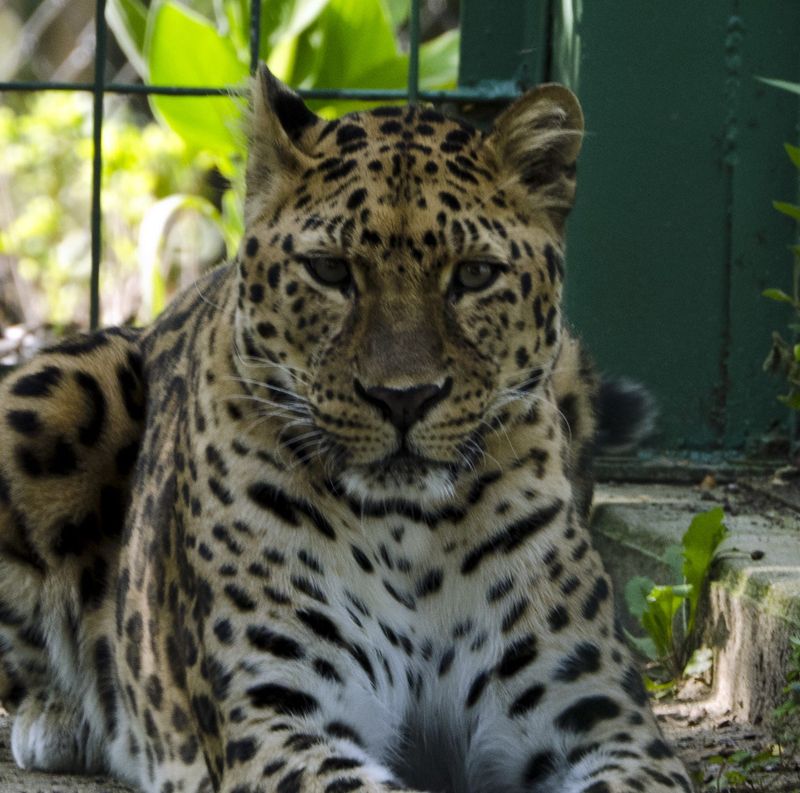
When 20-year-old Pearl, one of the world’s rarest big cats, was humanely euthanized due to age-related illness, her daughter Novee’s behavior transformed dramatically. Zookeepers reported Novee refusing food and pacing Pearl’s favorite spots.
The normally playful leopard began sleeping in exactly the same corner her mother had preferred. Most touching was how Novee would groom Pearl’s favorite enrichment toys.
Staff implemented special protocols to help the young leopard process her apparent grief.
Cheetah’s Grief In Namibia
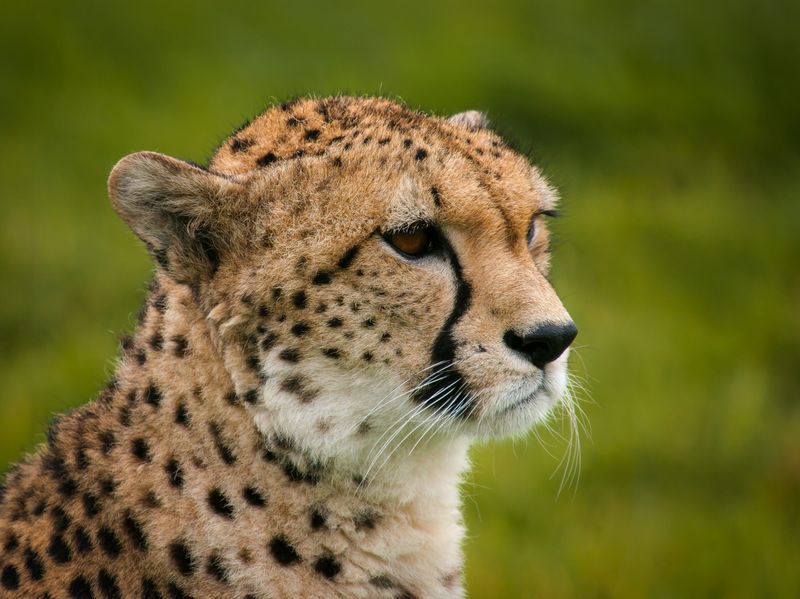
At the Cheetah Conservation Fund in Namibia, a bonded pair of rescued cheetahs faced tragedy when the female died from injuries sustained during mating. Her mate’s reaction stunned even veteran conservationists.
He refused to leave her body for hours, guarding it from staff approaching. For weeks after, he called for her with distinctive vocalizations.
Most telling was his rejection of food and loss of his playful nature – behaviors that gradually normalized only after three months of special care.
How Big Cats Process Grief: Experts Weigh In
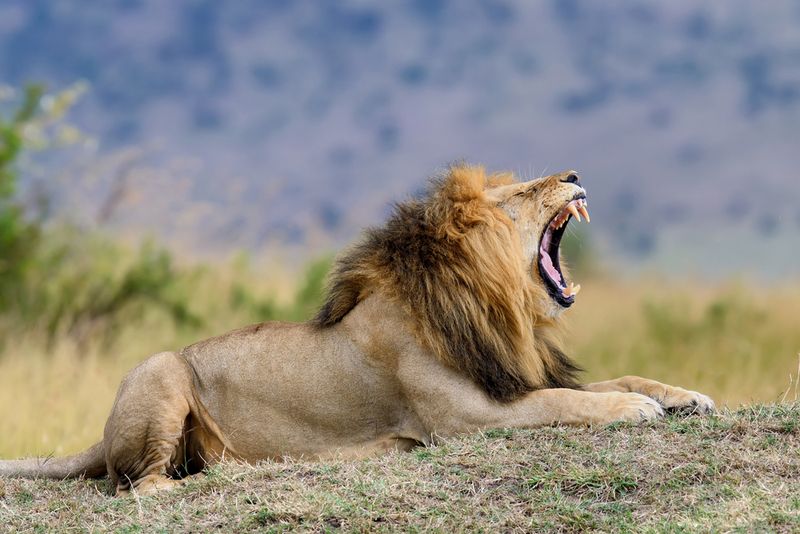
Dr. Sarah Johnson, who has studied big cat behavior for 25 years, explains that grief manifests differently across species. Lions, being highly social, display the most visible mourning behaviors including group vigils around deceased pride members.
Solitary cats like tigers show subtler signs – altered territory marking and vocalization patterns. Brain scans reveal that big cats possess developed limbic systems similar to those that process emotions in humans.
The research challenges old notions that only humans experience complex grief.
Emotional Depth Of Big Cats
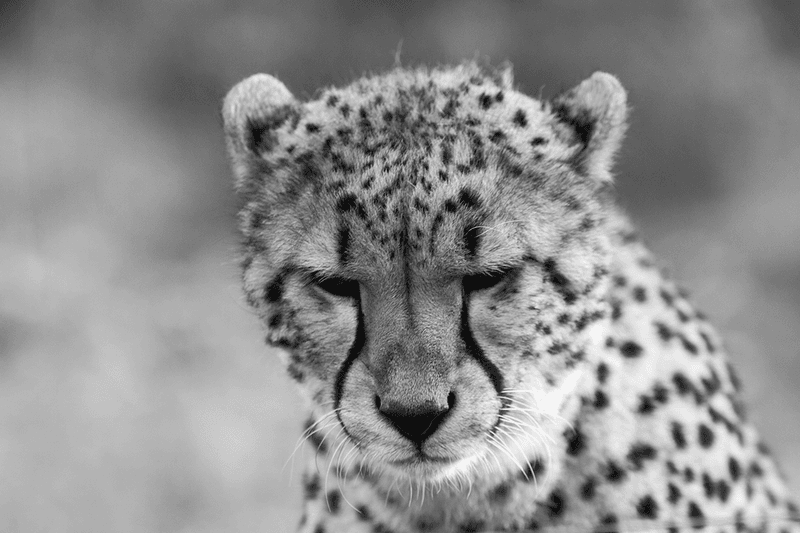
Groundbreaking research from the University of Minnesota’s Lion Research Center reveals big cats possess emotional complexity rivaling primates. Using specialized cameras, researchers captured tigers spending hours beside deceased companions before burial by staff.
MRI studies show feline brains activate in patterns matching human grief responses. Most fascinating was documentation of a jaguar mother creating a “shrine” of collected items at the spot where her cub had died.
These discoveries are reshaping conservation approaches to consider emotional welfare.

